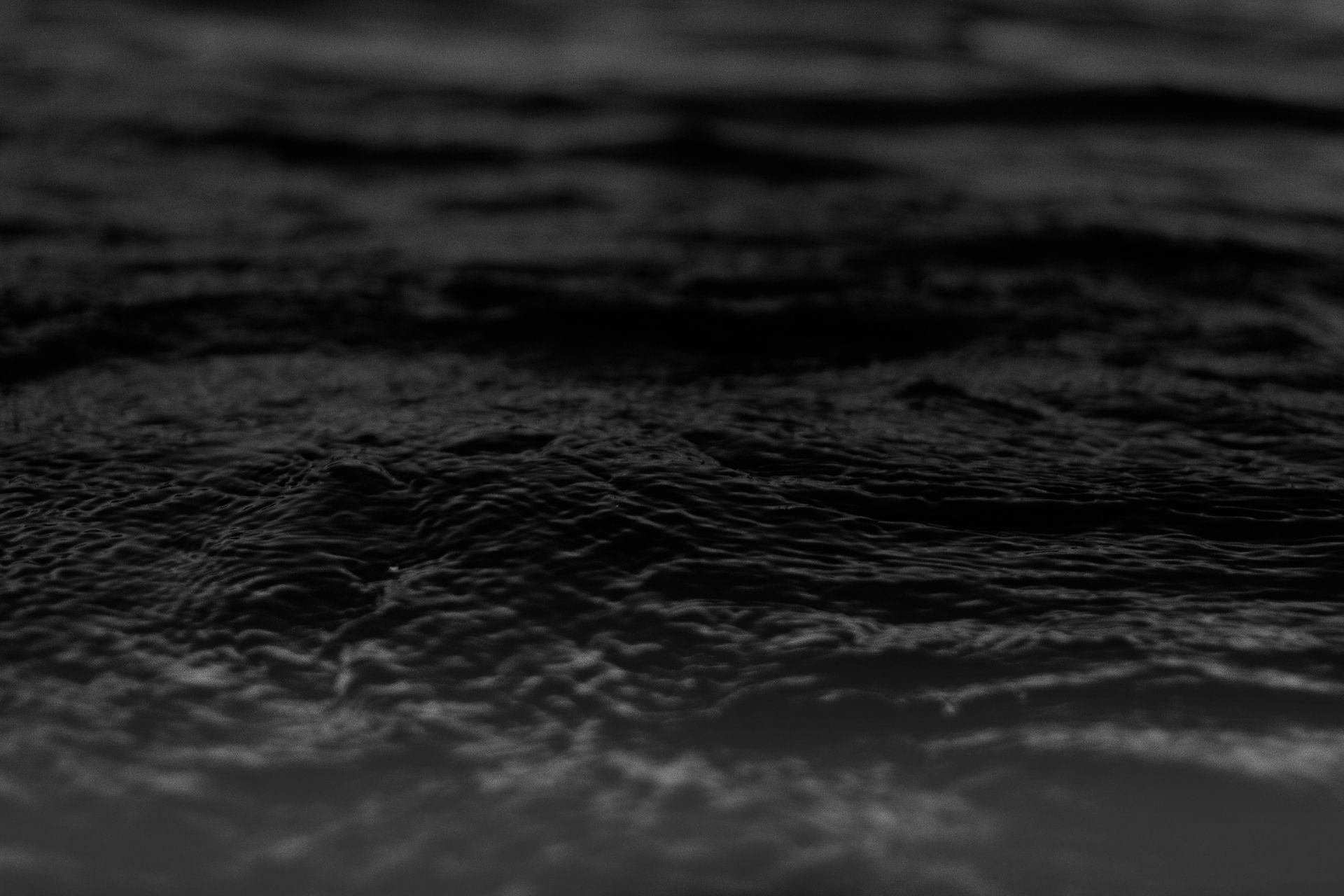
CONCERTO FOR IVANA
Year composed
Scored for
Duration
Availability
2001
2 (2= Picc). 2. 2(2= B.Cl.). 2./4. 2. 1./2 Perc. Timp. Hp. Piano(=cel.). / strings
26
Buy/Hire
About
Premiered in Zagreb, MAR 22 2001, Ivana Kuljerić Bilić, marimba, Croatian RadioTV Symphony Orchestra, conductor: Igor Kuljerić
PORIN Discography Award
CD Igor Kuljerić Hrvatski suvremeni skladatelji, Ansambl Zeitgeist (Cantus, HDS, HRT, 2003)
Version for Marimba, Two Percussionists and Piano (reduction Vanja Kuljerić and Ivana Kuljerić Bilić premiered at ZMF, Lawrence University, Appleton, USA, 2007
Program notes
Composing a solo concerto for a modern instrument can hardly be done without observing the historic practice in pieces written for „elite“ concert instruments /piano, violin, cello.../
For me it was also important to consider the origins of the instrument. They can be found outside the european traditions - in the polyphonic rhythms of the gamelan orchestra, in the multiple patterns of the latino styles and the global influence of jazz and pop music...
I was equally eager to avoid scholastic debates about the presumably exploited traditional music vocabulary. The 9 chord with impressionist flavor, polyrhythms, steady puls, reiteration of short musical phrases and other musical phenomena, which are too easily connected with certain composers, when put in different positions and relations could once again become „virgin“ material, ready and open for re-form and re-newal. CONCERTO FOR IVANA follows the usual three movements structure (fast-slow-faster) but in only one flow. The basic musical ideas are already present at the very beginning of the piece.
INTERVIEW BEFORE THE PREMIERE - excerpt (March 22nd 2001.)
...In the history of music, certain forms have followed the evolution of several instruments (concertos for piano, violin or cello) and have reached completeness and perfection. The notion of a violin concerto is a very clear one. In every such piece there is a substantial display of instrumental virtuosity through some suitable music material. When writting this piece, I had a few things on my mind. My daughter is a marimbist and it was, first of all, a family debt, although i was somewhat anxious about it. For some time the instrument had intrigued me and I wanted to write for it. I should also say that I haven`t written many concertos, not even for piano which is my favorite, the source of my musical persona. I have worked on it for a long time, since writting for some instrument implies a deeper knowledge and feeling. From that prospective the cooperation with my daughter was important. Marimba is the instrument of the new era. It`s origins can be traced in various directions. The Gamelan orchestra is known for it`s tradition of rhythmical polyphony on various melodic and non-melodic percussion instruments. Their sound echoes the colors and textures of copper, water, glass, wood...The other source was the afrocuban music, with extreme rhythmic vitality and richness of colorfull instruments. I wanted to merge the non-european traditions with the historical concerto form and experience the marimba as a kind of a particular piano with strong percussive sound from one side and the singing quality of the piano on the other, reminding me of the concertos from the romantic period. In the relation between the marimba and the orchestra it was very important to find the right instrumentation to put a specific light on the instrument. The strings, for instance, are given a more percussive role and the structure in itself is rather complex. The transitions between different sections are fast, the work is in three movements, in just one flow. The continuity is obtained through the associative dimension of the musical language. The musical material is made of various melodic and harmonic cells which develop in different directions, the main goal was to make the marimba both a percussive and a singing instrument. I am no slave to some particular practice, and for me it is not important which material to use, but how. And, the most important of all, to remain true to the main idea of the piece...